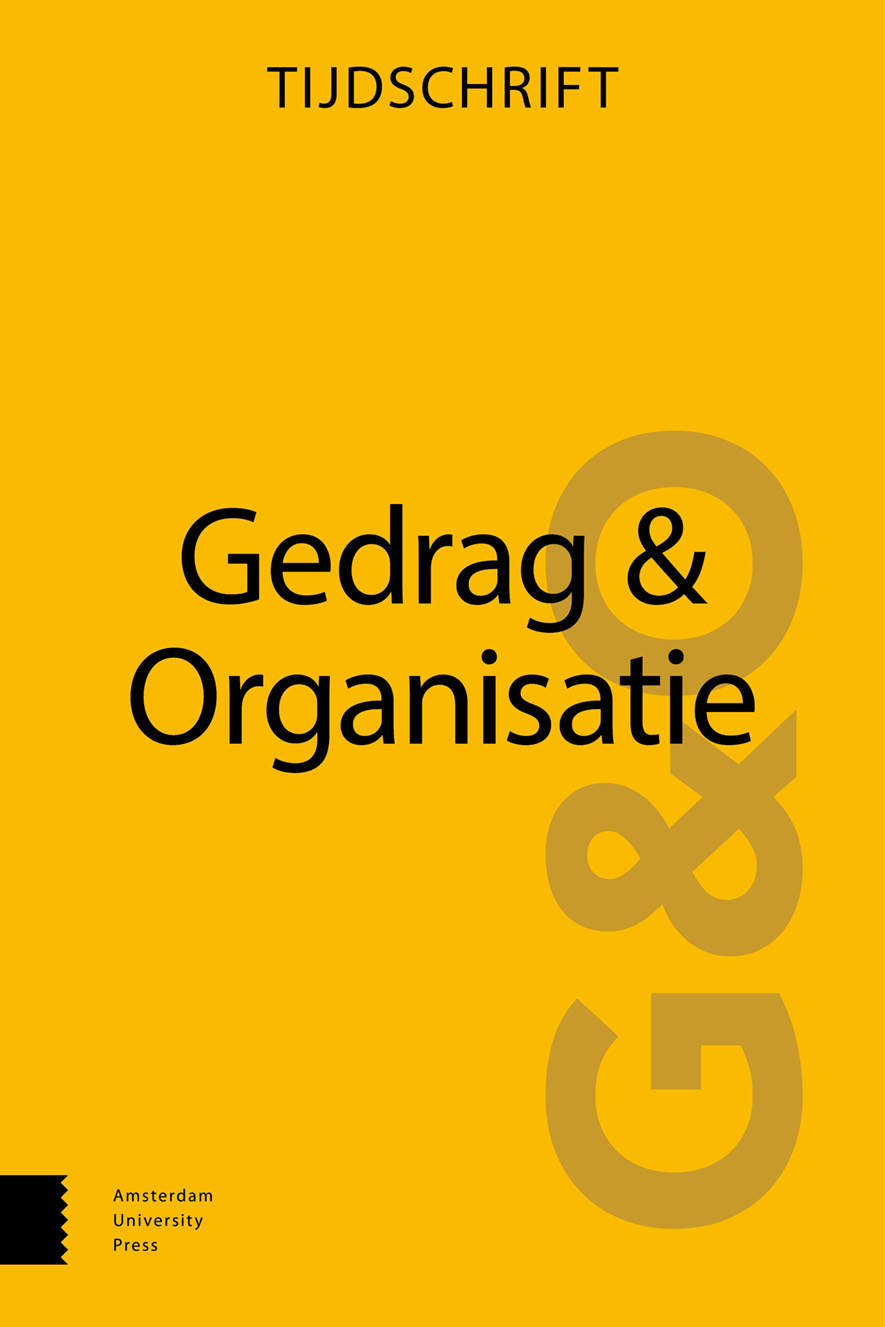
Full text loading...
Wij maken gebruik van cookies om gebruik te meten en voor voorkeuren.Ik begrijp het
Ondanks dat steeds meer organisaties de afgelopen decennia met Het Nieuwe Werken (HNW) hebben geëxperimenteerd, was er tot voor kort nog weinig kennis over de rol van leiderschap hierin en de impact op individuele en teamprestaties. Deze bijdrage beschrijft de bevindingen van een promotieonderzoek, waarin de veronderstelling centraal stond dat naast zelfleiderschap door medewerkers ook empowerende HRM-praktijken (flexibiliteit in plaats- en tijdonafhankelijk werken (PTWO), professionele autonomie en toegang tot kennis via ICT) en formeel en gedeeld leiderschap een rol spelen. In het eerste deel van het proefschrift is een conceptueel model ontwikkeld dat de bijdragen van deze HRM-praktijken en leiderschapsgedragingen op het proactief werkgedrag van medewerkers laat zien. Hierbij zijn de zelfdeterminatietheorie en de psychologische ‘empowerment’-literatuur als theoretische lenzen gehanteerd. In drie empirische studies werd vervolgens bewijs geleverd voor de rol van professionele autonomie en toegang tot kennis via ICT (maar niet voor flexibiliteit in PTWO) bij het stimuleren van proactief werkgedrag. De invoering van HNW bleek niet direct samen te hangen met gedeeld leiderschap, maar wel met proactief werkgedrag van het team. Naast het stimuleren van gedeeld leiderschap via transformationeel leiderschap, kunnen hiërarchische leiders hun medewerkers ‘empoweren’ en zo proactief werkgedrag stimuleren. Door de opkomst van hybride werken tijdens en na de COVID-19-pandemie hebben deze inzichten aan belang gewonnen.

Article metrics loading...

Full text loading...
References


Data & Media loading...

